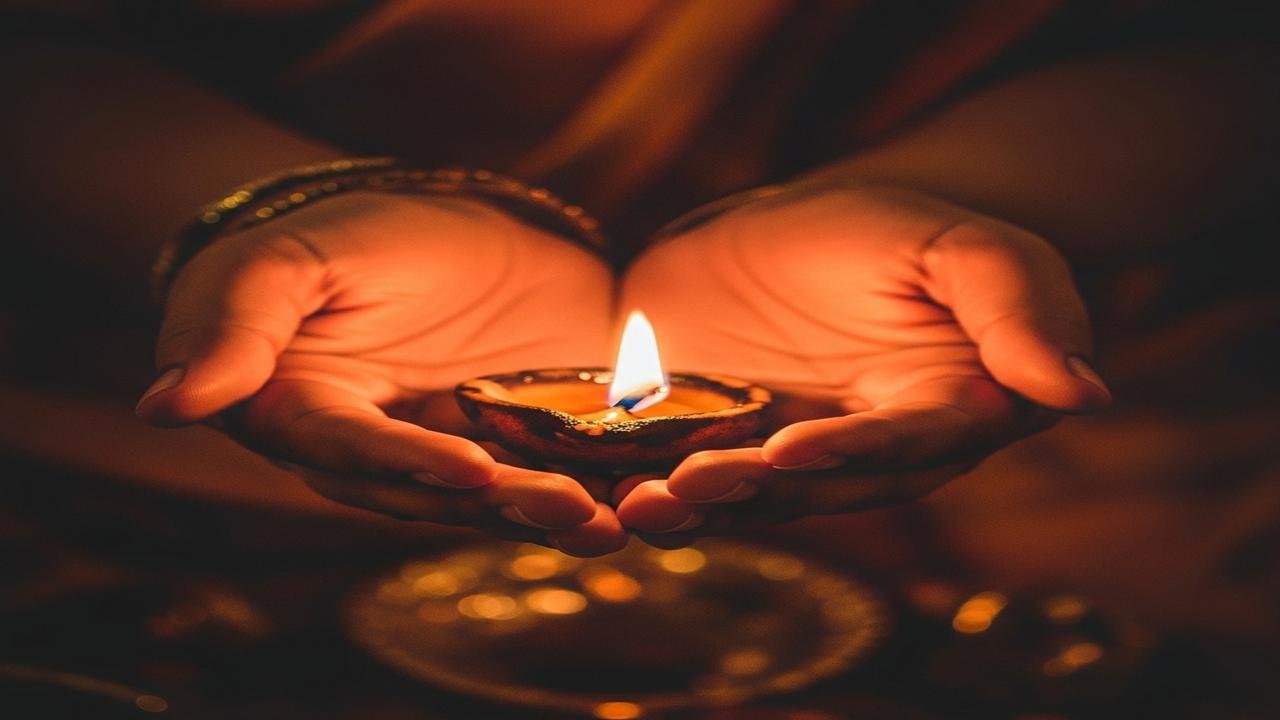You Wont Believe What Aarti Really Does to Your Heart

The Spiritual Meaning of Aarti: Light, Love, and the Heart’s Offering
It was my grandmother who taught me the simplest meaning of aarti. On cool mornings she would light a small clay lamp, close her eyes, and sway gently as the flame moved in slow circles. The room filled with the soft glow and a chant that seemed to touch every corner. To her, that little lamp was not just light — it was a way to bring blessings into life.
Aarti (also spelled “arati” or “arti”) literally means an offering of light. It is a timeless ritual in Hindu homes and temples. More than a routine, aarti is a language of devotion. With a lamp, song, and folded hands, we express gratitude, seek guidance, and remember that light is stronger than darkness.
Historically, aarti has roots in Vedic fire traditions where light and fire symbolized knowledge and purity. Over centuries, those grand yajna flames simplified into the humble household lamp. Whether in a small village shrine or a great temple, the central idea remains: we bring light to the divine and invite the divine light into our hearts.
There are simple elements in every aarti that carry deep symbolism:
- The lamp: The flame represents jnana (knowledge) and divya jyoti (divine light). It reminds us to seek inner clarity.
- Incense and flowers: These are offerings of beauty and fragrance, symbolizing pure thoughts and surrender.
- The circular motion: Moving the lamp clockwise before the deity represents offering the whole world and honoring presence in all directions.
- The bell and song: Sound clears the mind, focuses attention, and unites worshippers in devotion.
Part of the tenderness of aarti is how accessible it feels. After the hymn, people often cup the flame and touch it to their forehead. This is not just ritual theatre — it is a moment of receiving prasad, of quietly accepting light and blessing. It tells us that spiritual grace is not distant; it comes down to the forehead, the mind, the heart.
Each region of India has colored aarti with its own voice. In some temples, aarti is majestic with many lamps and slow chants. In homes, it is intimate — the family gathers, a child learns the melody, and stories flow. During festivals such as Diwali, Navratri, and Kartik, aarti becomes a communal celebration. Lamps multiply, streets glow, and people feel part of something larger than themselves.
Beyond culture, aarti speaks to our inner life. The lamp is a mirror: when we wave light before the image of God, we also invite light into our habits, relationships, and choices. The ritual asks us to clear away ignorance, ego, and fear, and to kindle virtues like compassion, patience, and gratitude.
In modern times, even when some lamps are replaced by electric lights, the essence remains. Aarti can be a mindful practice: a pause in a busy day, a chance to reconnect, and a way to pass down values. It binds generations and communities with the simple message that light heals, guides, and unites.
When you stand with folded hands and watch a small flame, remember it is both simple and profound. It is an old language of love that asks nothing grand — only openness. Through its warmth, we remember who we are and who we wish to become.
Conclusion: Let the aarti be a soft reminder that each small light we kindle—within a lamp or in our heart—can dissolve darkness. May every flame you offer bring warmth, clarity, and a deeper sense of belonging.
